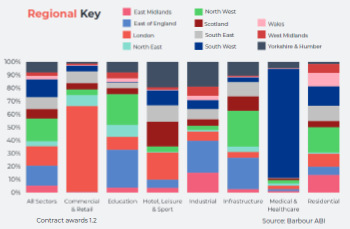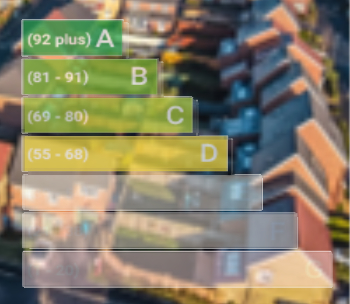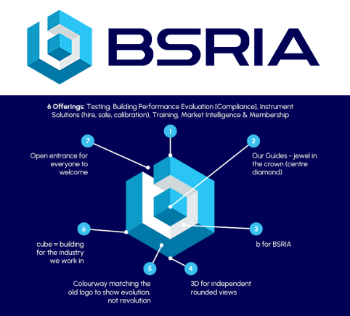Waste water treatment research in Alborz
Contents |
[edit] Introduction
The following abstract reviews the industrial waste water process that may be used for the treatment and purification of waste water that has become contaminated as a result of industry production lines creating an undesirable by product.
After treatment, the effluent - the treated or untreated waste water - might be released to a sanitary canal or sewer or even to the surface water in the environment. Recent actions have been taken to prevent or minimise such production or to reuse purified wastewater within the manufacturing lines.
[edit] Research
The objective of this research was to investigate issues and obstacles of a waste water treatment plant during the process of its preparation, establishment and maintenance in industrial city of Alborz, Iran. This research aimed to reveal the most effective factors in the process of the environmental management project to minimise or diminish negative consequences and consider the effectiveness of those factors.
To conduct the research, a descriptive method was used to collect data. A questionnaire was used during an approved interview process. The distributed questionnaires were completed by employees who worked in industrial factories in Alborz. Grounded research theory (applicable for the project management system), Likert scales, Comparative Scaling Technique and Rank Order Scaling were used to develop the questionnaire.
[edit] Findings
The findings of the study indicated that out of 306 factories, 223 of which responded, only 160 currently have established wastewater treatment plants. Of those who responded, 37% noted that ‘Governmental obligation or national regulation’ has been the most effective factor in prompting them to establish a treatment plant; without that, they would not have been worried about the necessity or the environment.
Moreover, 25% identified financial deficits and concerns over future difficulties (such as unpredicted costs) while 22% identified maintenance. Inaccurate budgets (27%) and safety issues (30%) were common responses; 39% stated costly procedures (including equipment and controlling devices and staff) as the primary obstacles.
[edit] Related articles on Designing Buildings Wiki
Featured articles and news
Spring Statement 2025 with reactions from industry
Confirming previously announced funding, and welfare changes amid adjusted growth forecast.
Scottish Government responds to Grenfell report
As fund for unsafe cladding assessments is launched.
CLC and BSR process map for HRB approvals
One of the initial outputs of their weekly BSR meetings.
Architects Academy at an insulation manufacturing facility
Programme of technical engagement for aspiring designers.
Building Safety Levy technical consultation response
Details of the planned levy now due in 2026.
Great British Energy install solar on school and NHS sites
200 schools and 200 NHS sites to get solar systems, as first project of the newly formed government initiative.
600 million for 60,000 more skilled construction workers
Announced by Treasury ahead of the Spring Statement.
The restoration of the novelist’s birthplace in Eastwood.
Life Critical Fire Safety External Wall System LCFS EWS
Breaking down what is meant by this now often used term.
PAC report on the Remediation of Dangerous Cladding
Recommendations on workforce, transparency, support, insurance, funding, fraud and mismanagement.
New towns, expanded settlements and housing delivery
Modular inquiry asks if new towns and expanded settlements are an effective means of delivering housing.
Building Engineering Business Survey Q1 2025
Survey shows growth remains flat as skill shortages and volatile pricing persist.
Construction contract awards remain buoyant
Infrastructure up but residential struggles.
Warm Homes Plan and existing energy bill support policies
Breaking down what existing policies are and what they do.
A dynamic brand built for impact stitched into BSRIA’s building fabric.





















